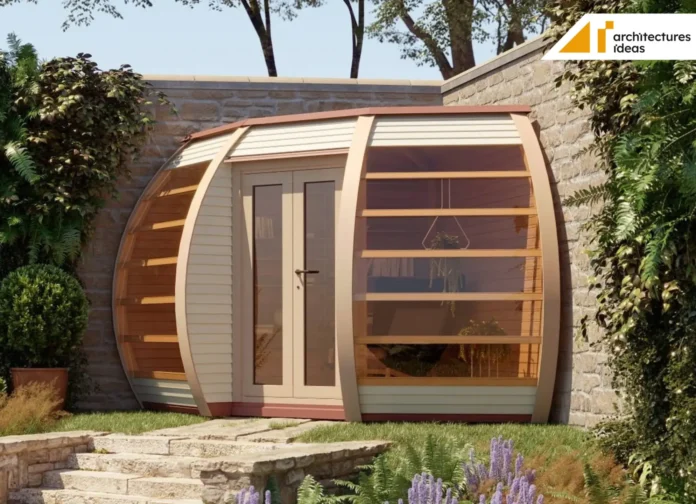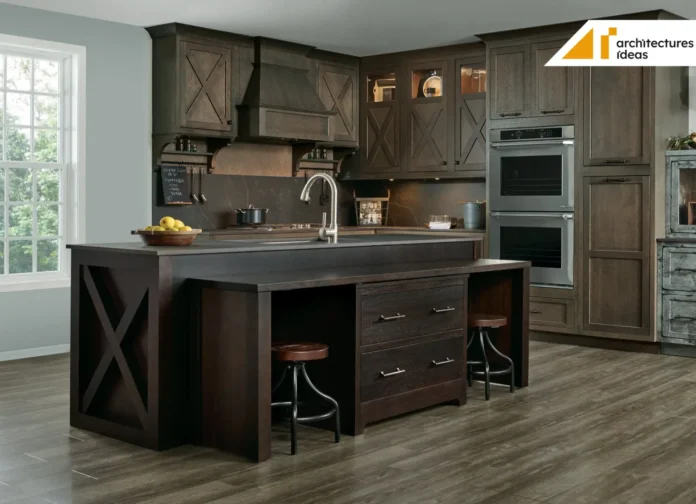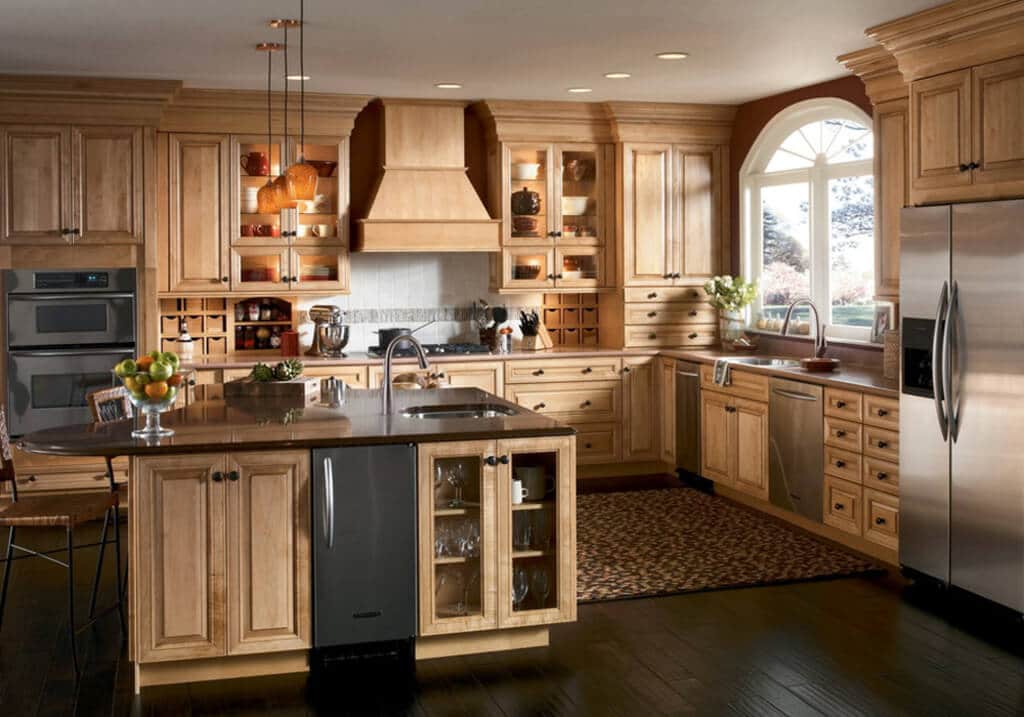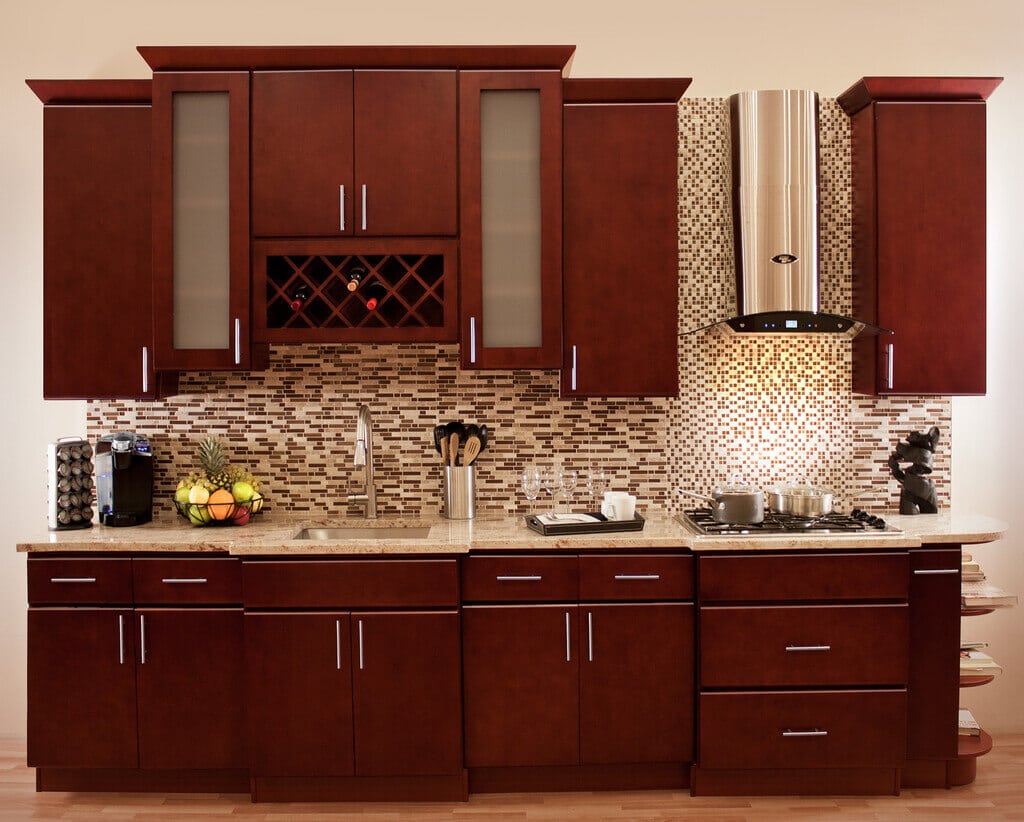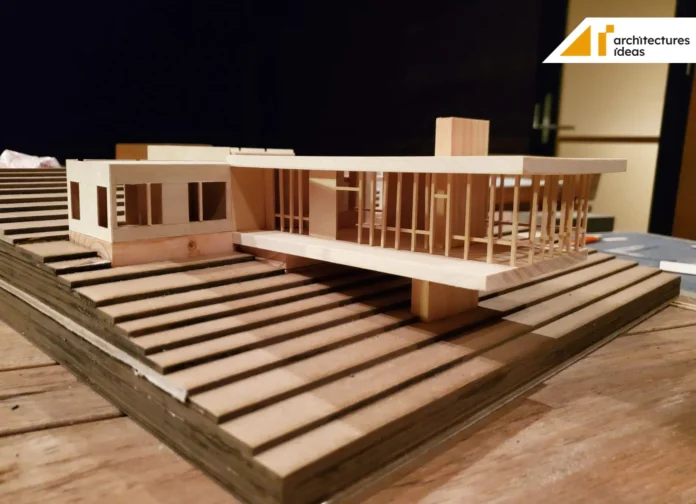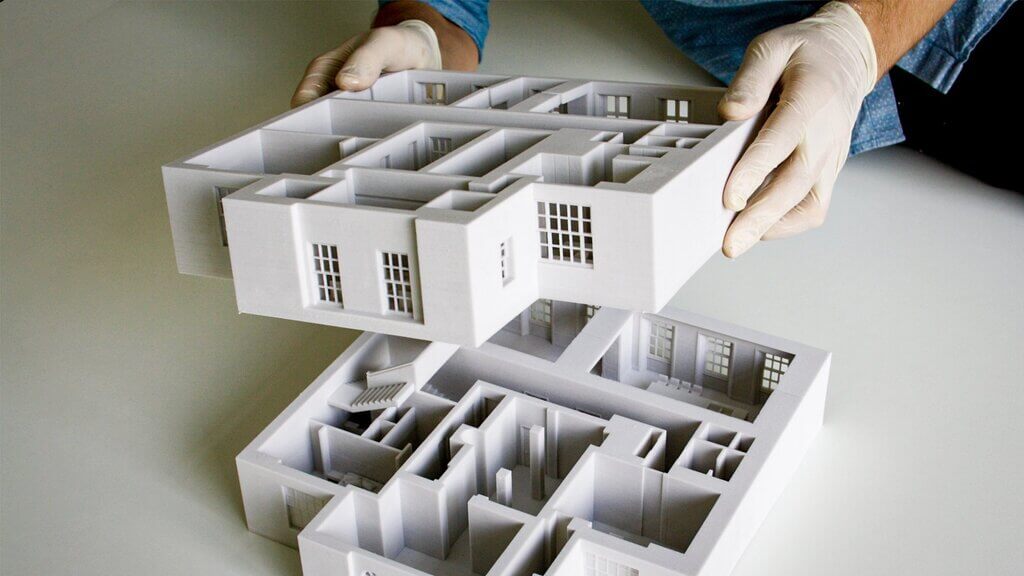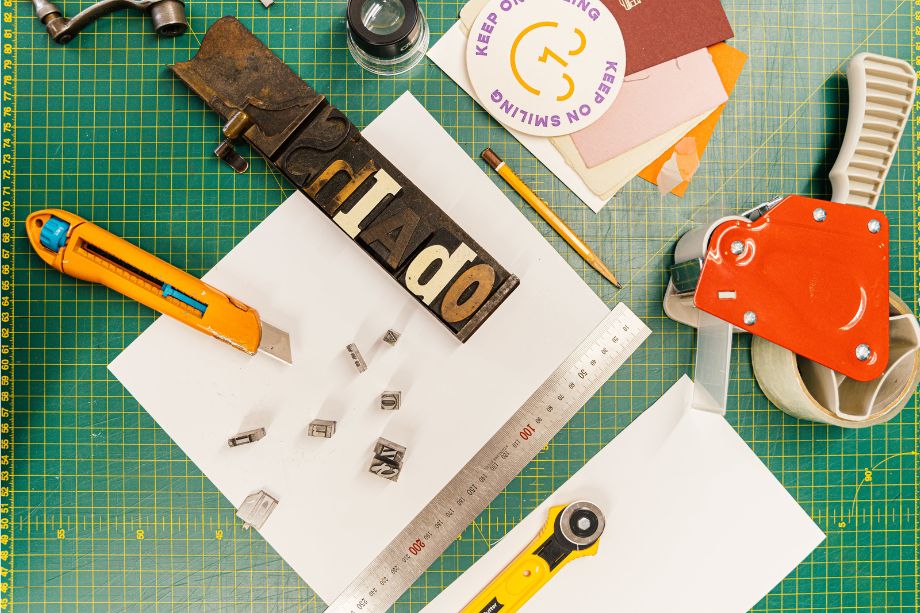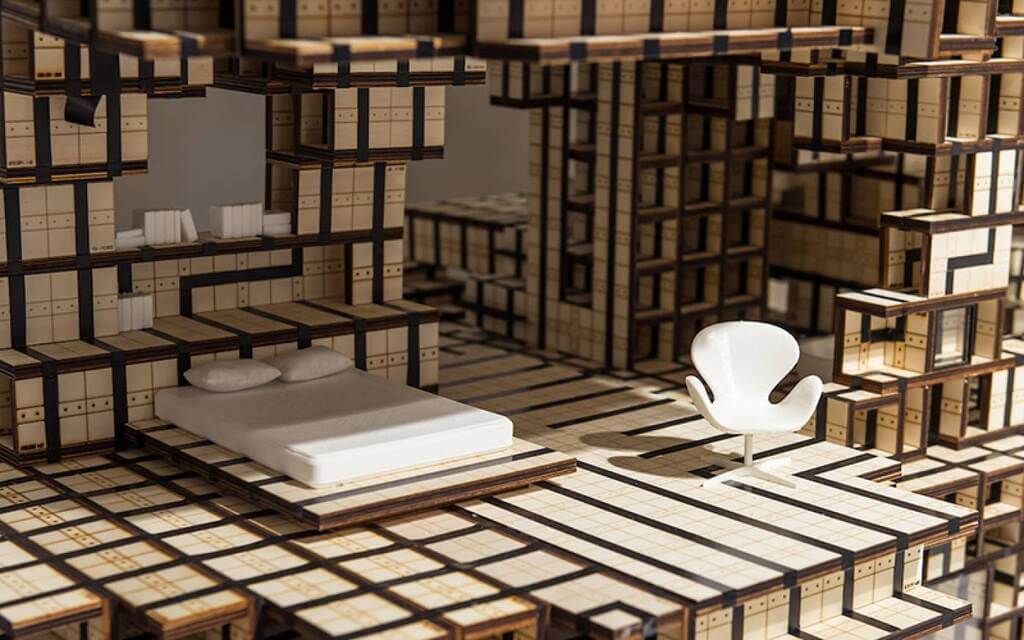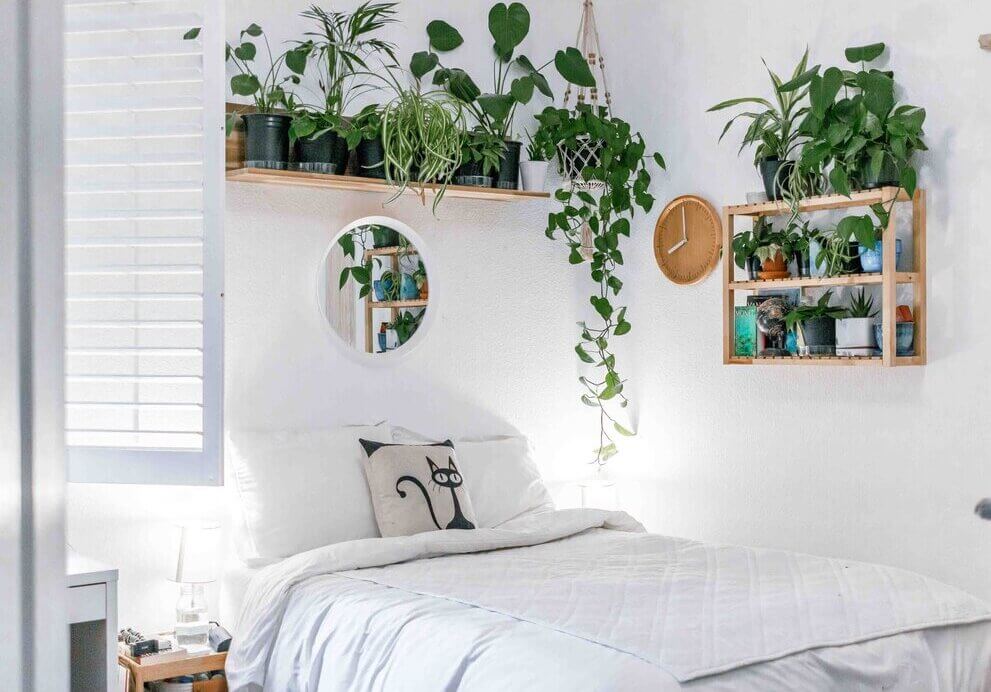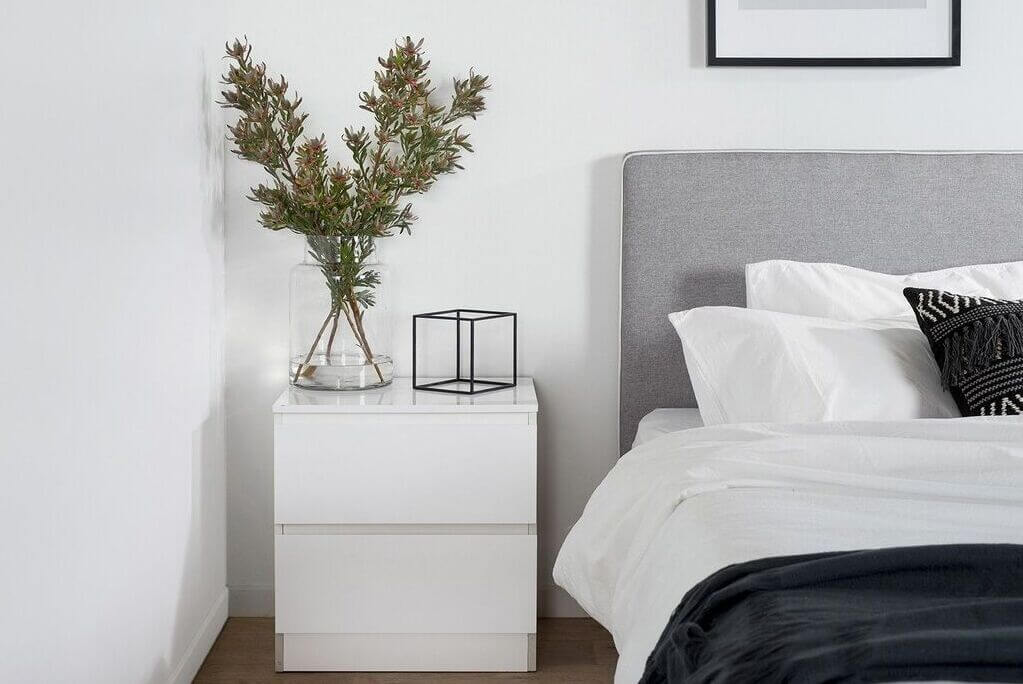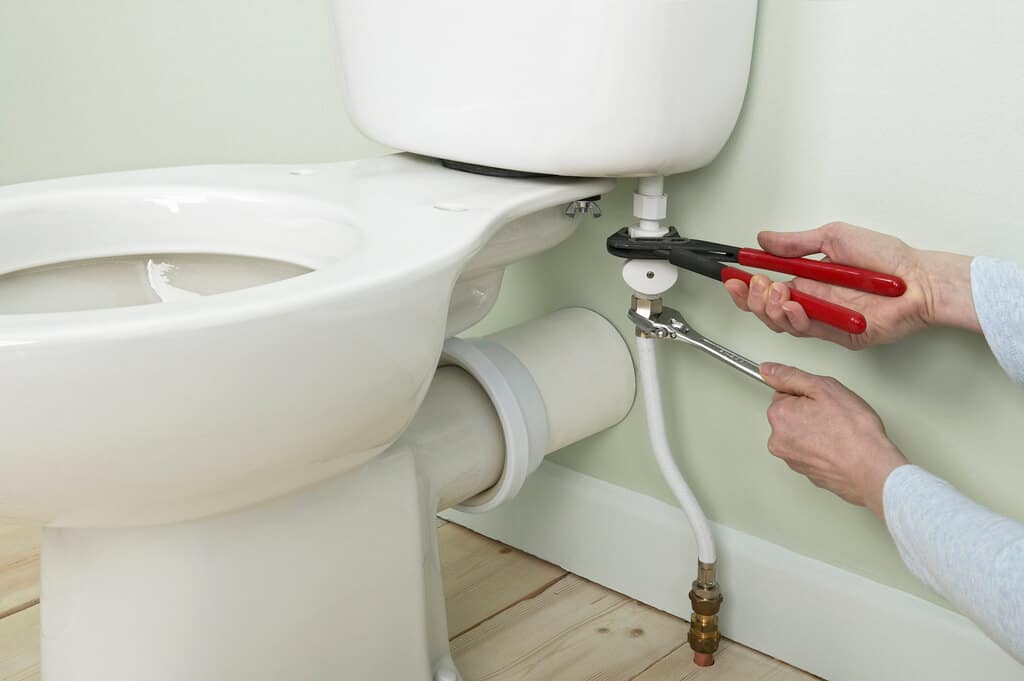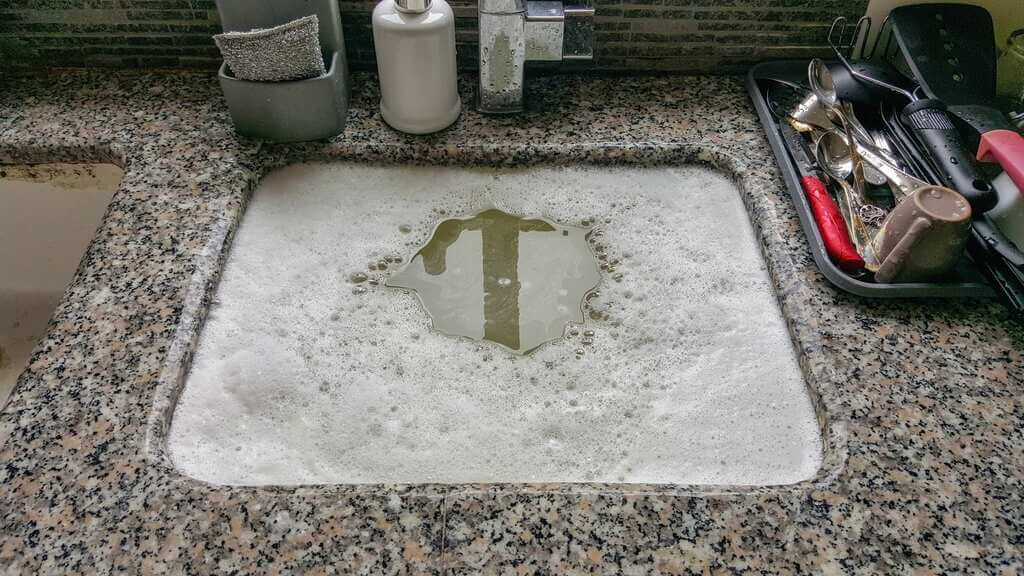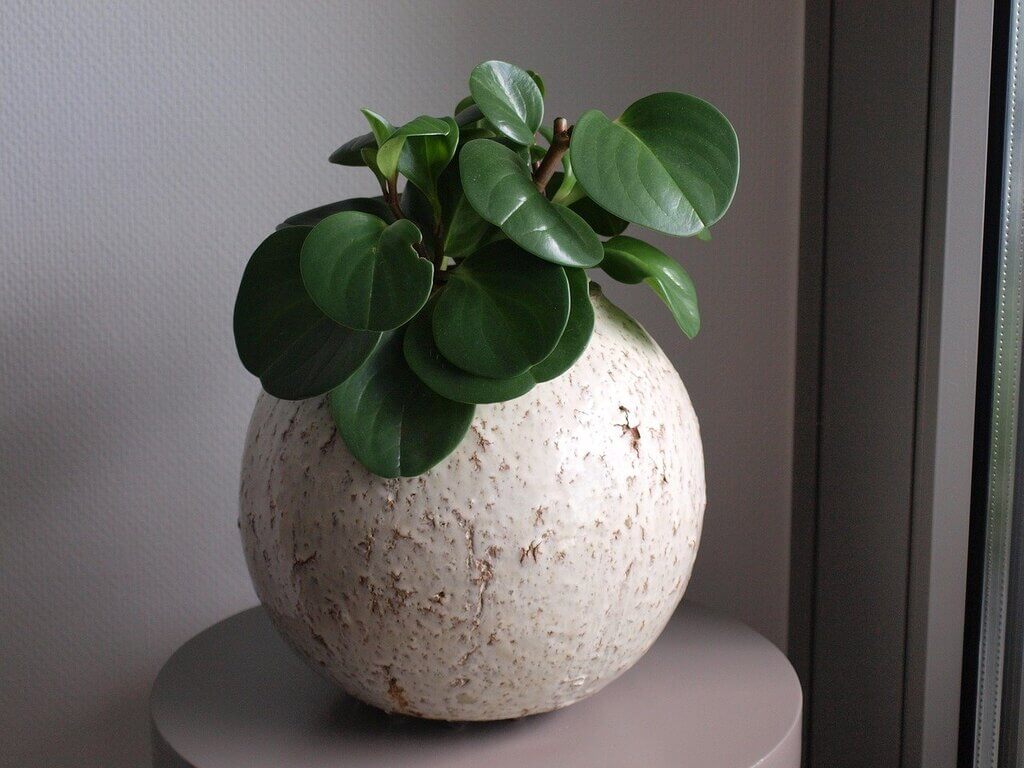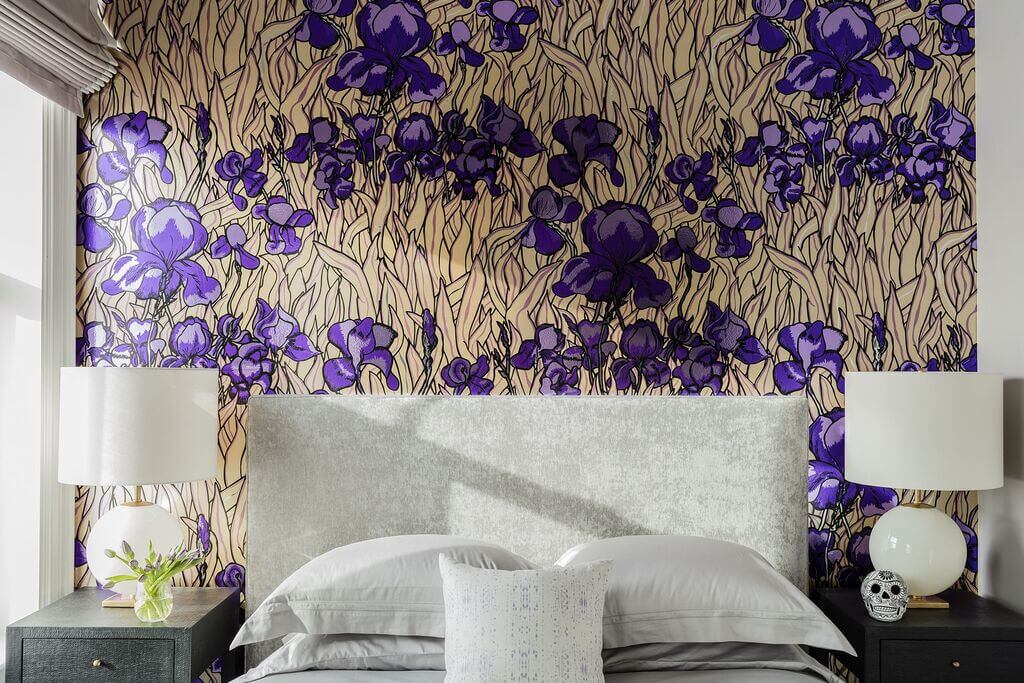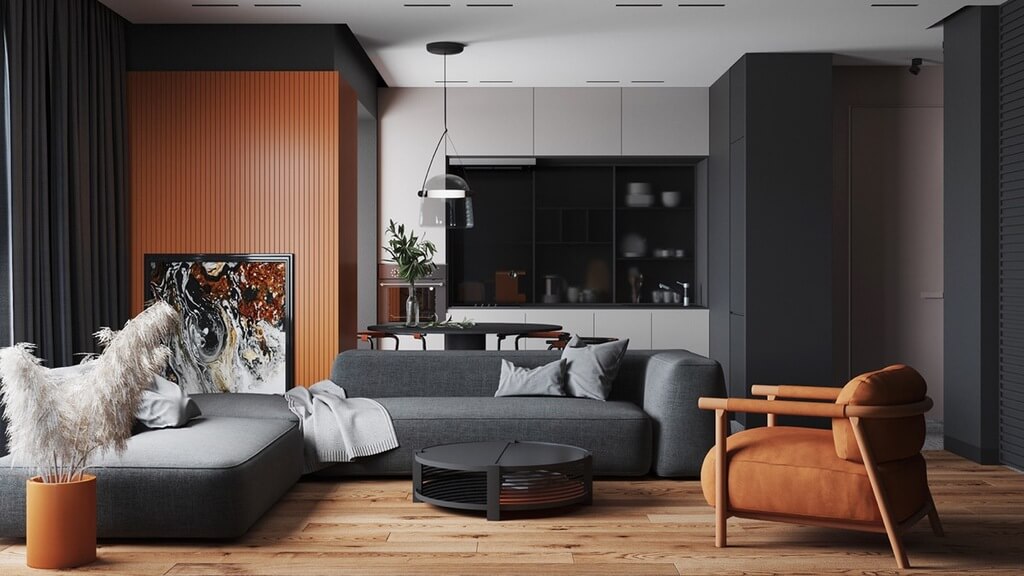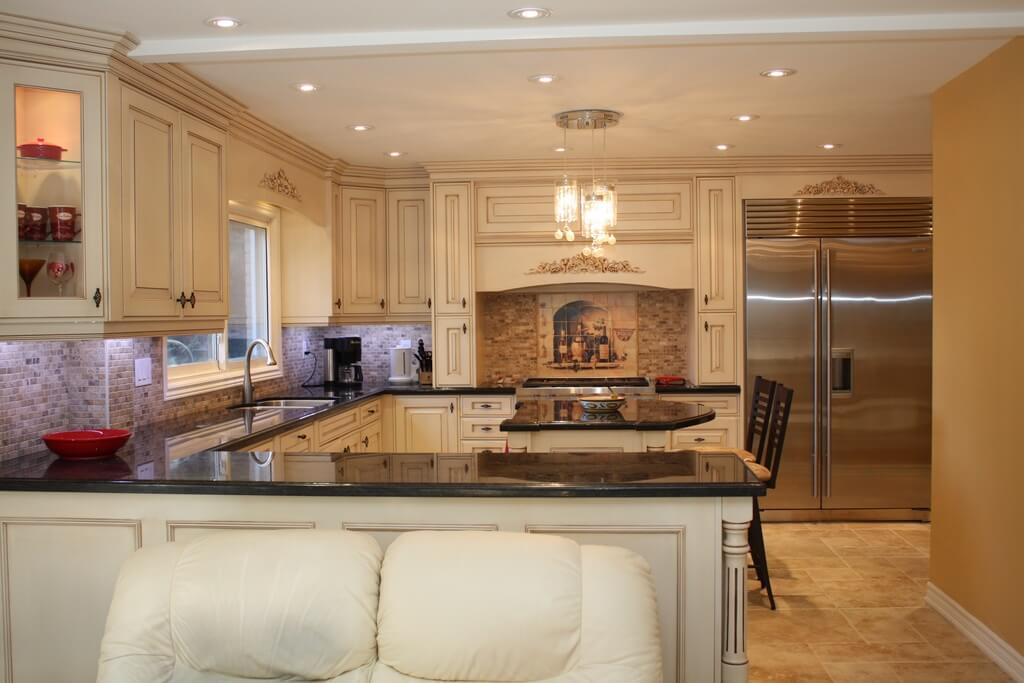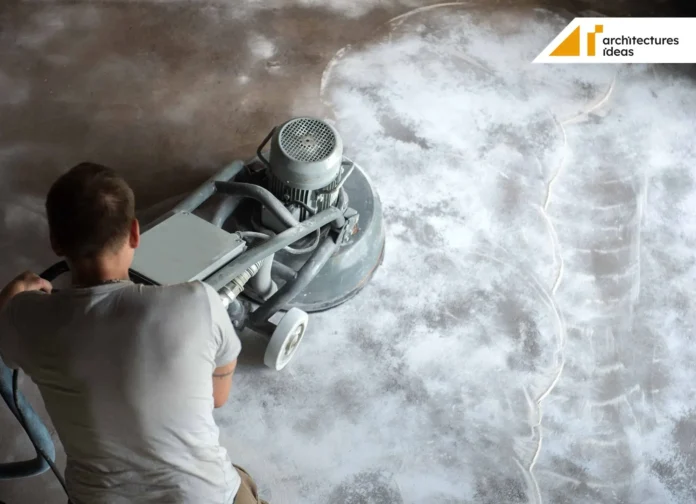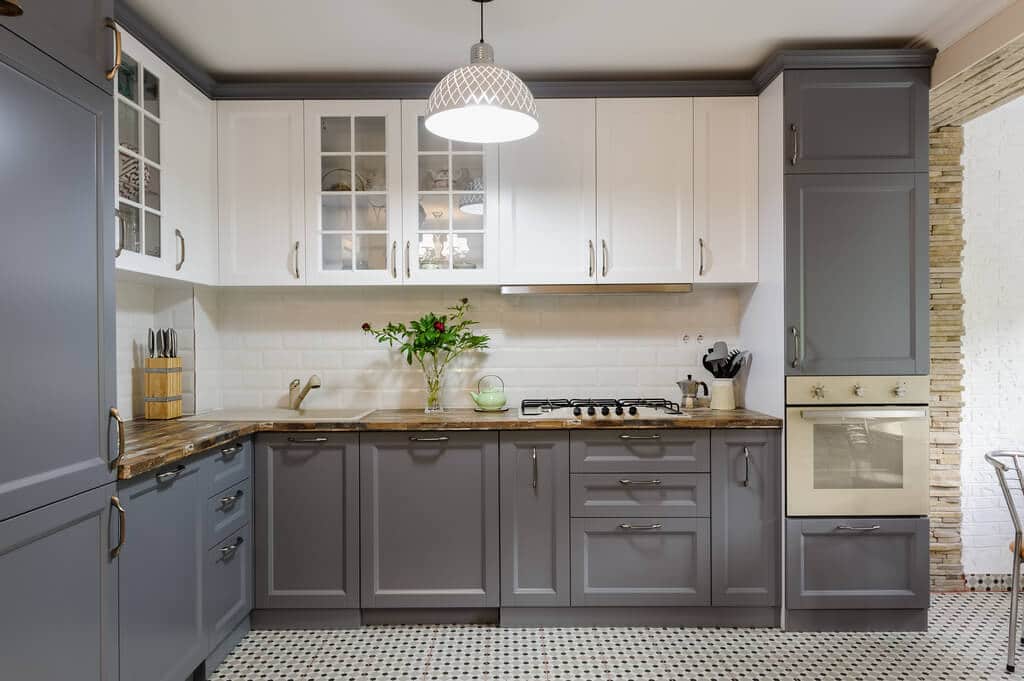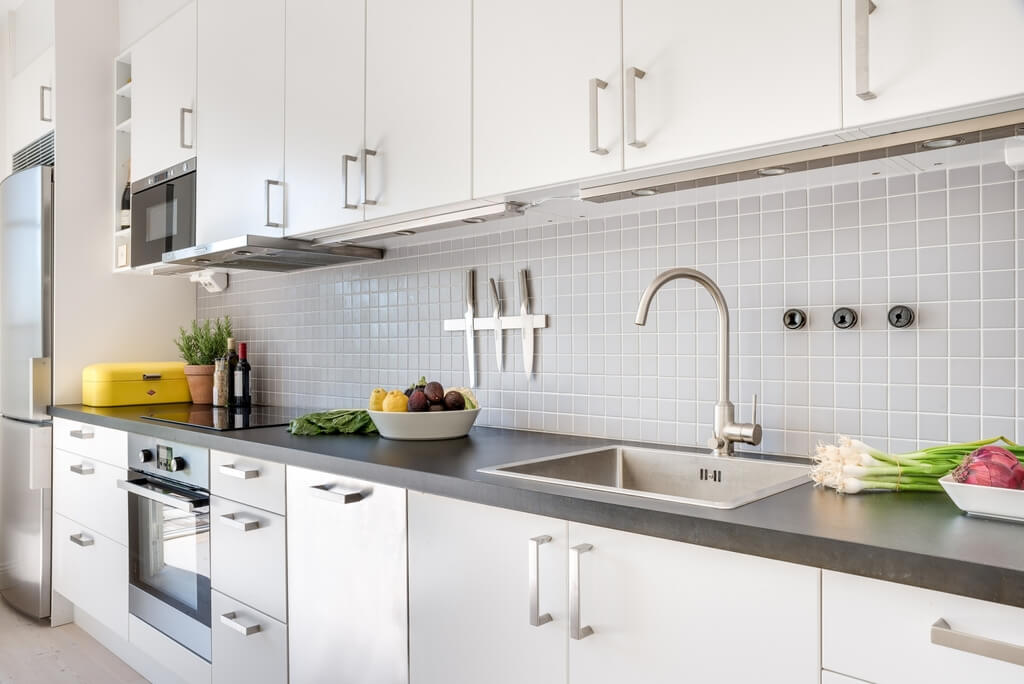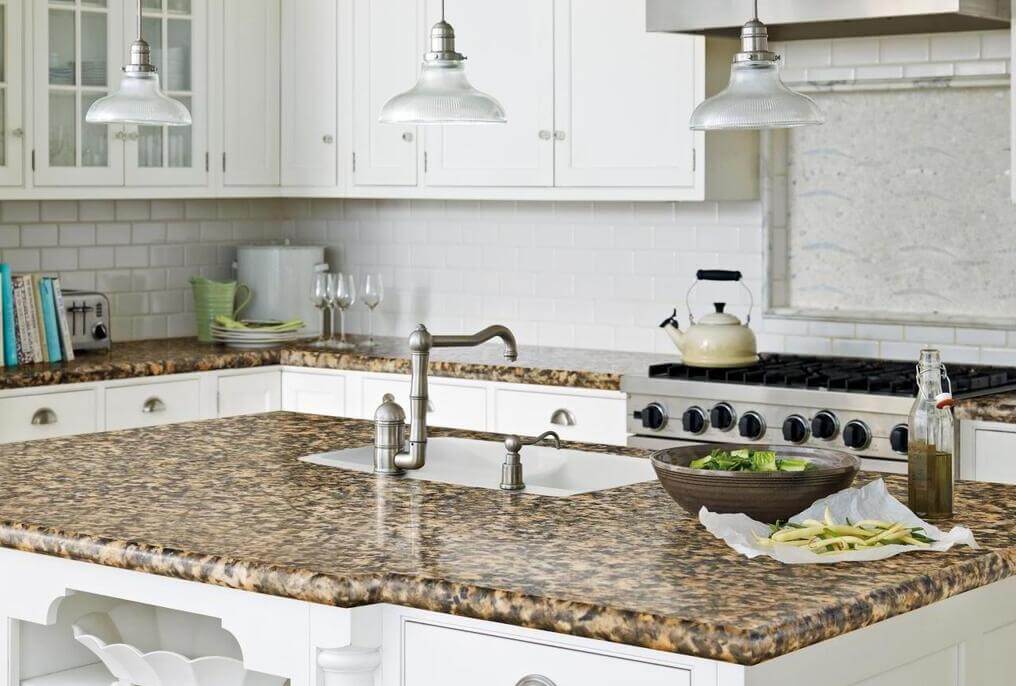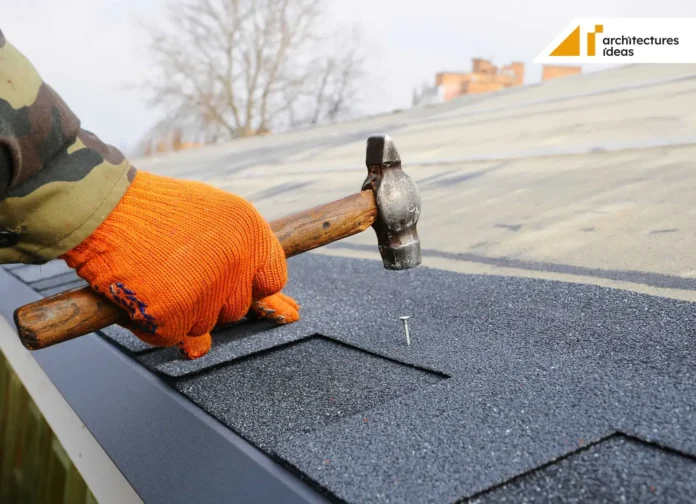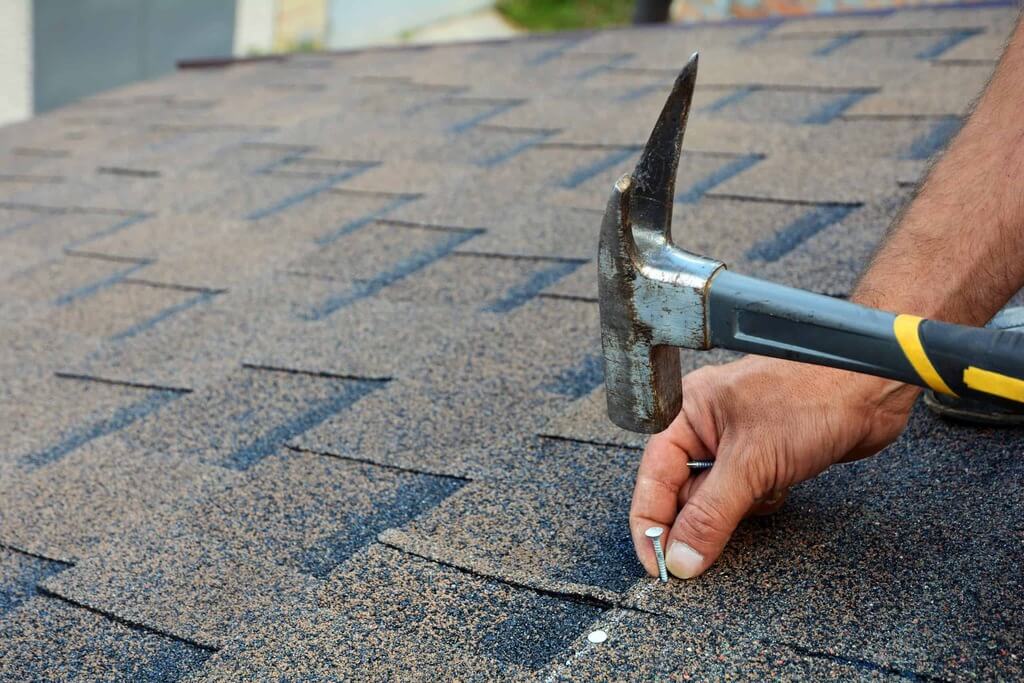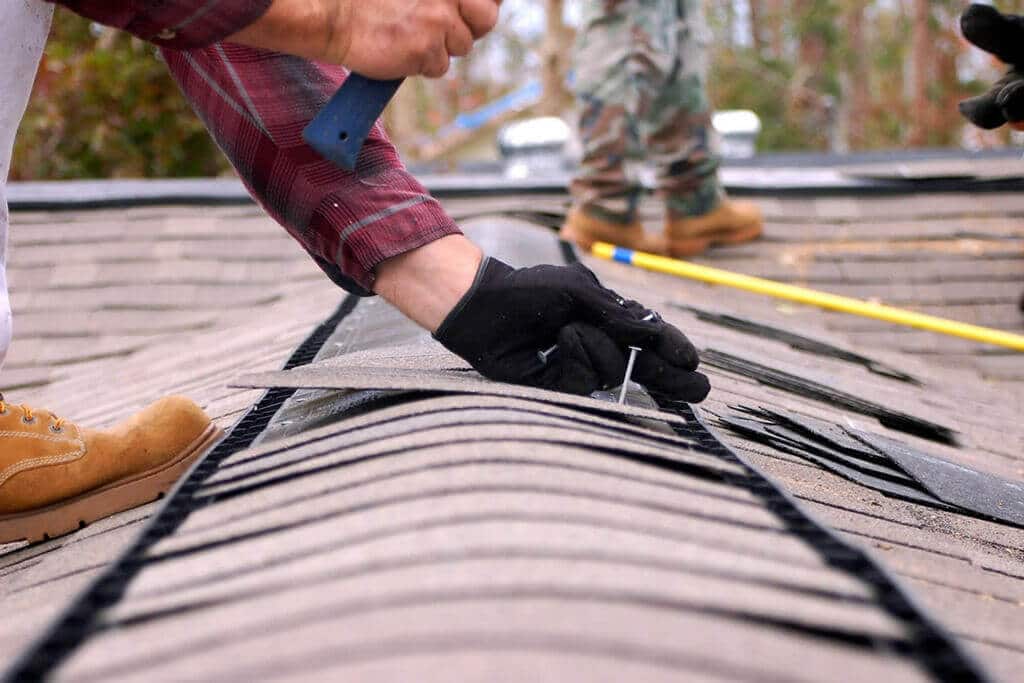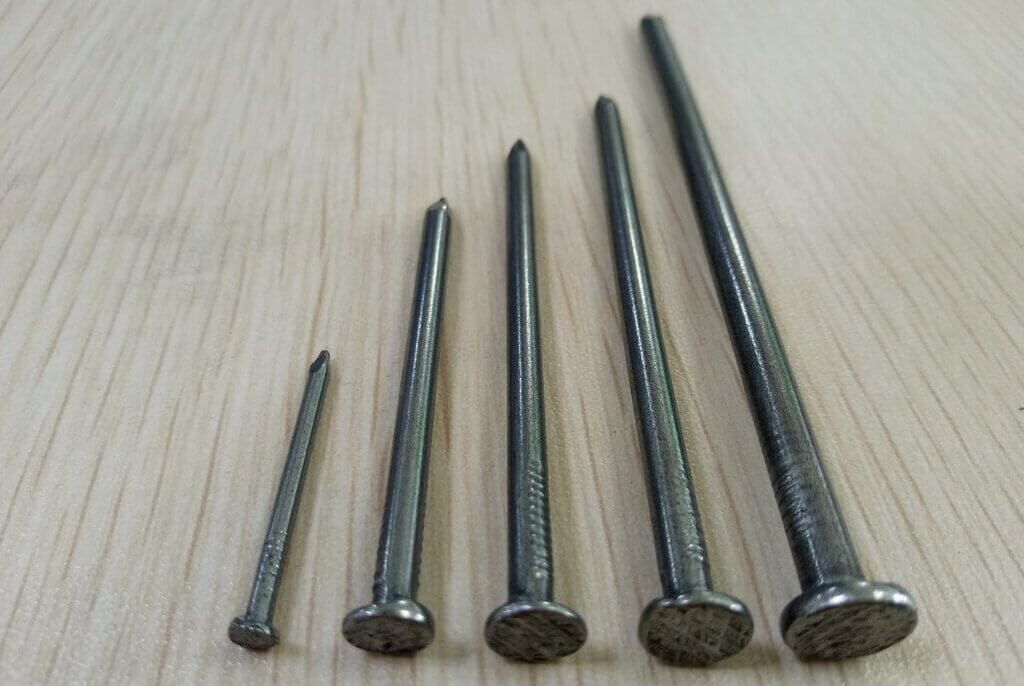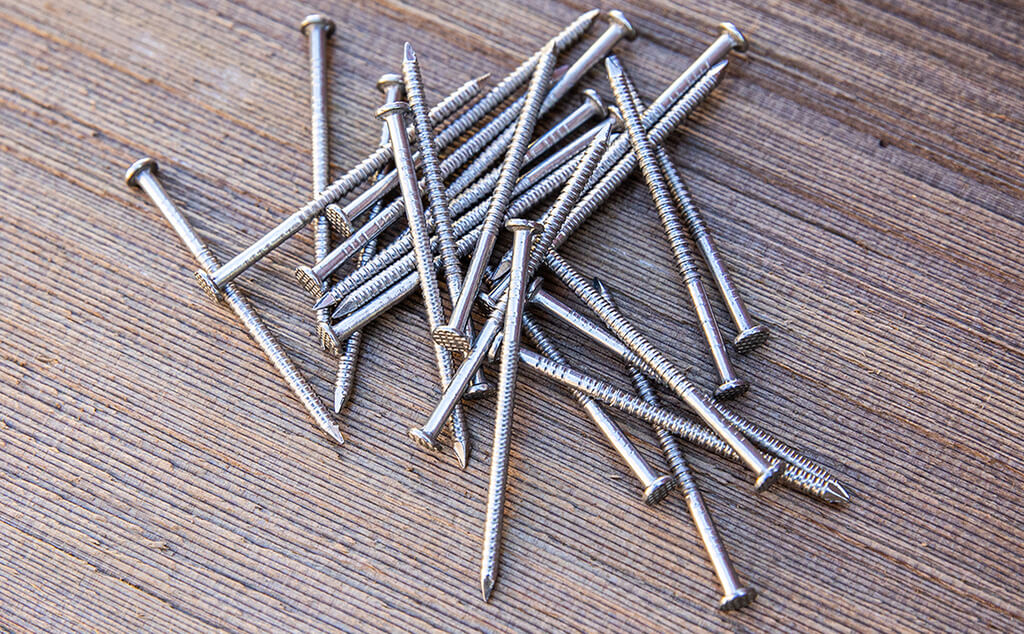The electrical box provides safe housing for wiring splices to major appliances and circuits inside and outside the home. These boxes are different than the electrical panel, which is the hub of the home’s electrical system, housing all of the circuit breakers. Instead, electrical boxes are located throughout the home and come in many different shapes, sizes, and materials. Let’s have a look at the difference between metal and plastic electrical boxes.
What Is the Purpose of an Electrical Box?
The most common electrical boxes that you will encounter are rectangular boxes used for wall switches and outlets, square boxes for junctions, and octagon boxes for ceiling or wall-mount light fixtures and smoke alarms. Metal boxes are typically made from durable steel, and plastic boxes are made from PVC or fiberglass.
When to Use Metal Electrical Boxes

Generally speaking, metal boxes are synonymous with durability. If you choose a metal electrical box, you don’t have to worry about bending or warping over time. They can hold strong screws and will never melt if the wiring becomes too hot.
But all that durability comes at a price. Metal electrical boxes are almost always more expensive than plastic. They are also heavier, more challenging to work with, and can have sharp edges. But because they are metal, you can ground them, which means they are safer.
Metal electrical boxes are recommended for:
- Metal-Sheathed Cable
- Metal Conduit
- Interior Exposed Applications (e.g., unfinished basements)
When to Use Plastic Electrical Boxes
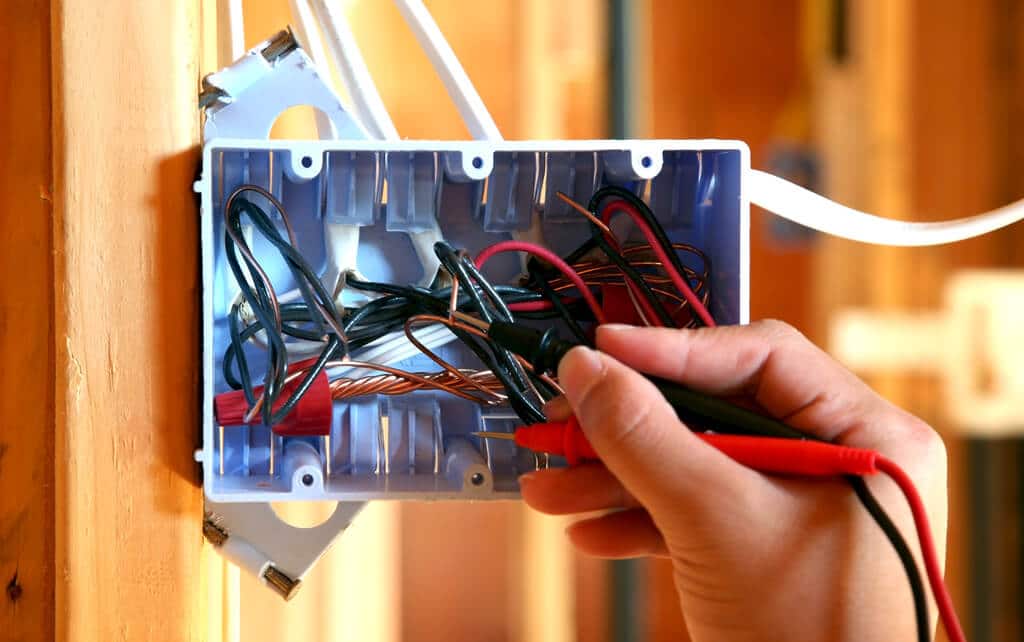
Plastic electrical boxes provide a cost-effective and lightweight alternative to metal electrical boxes. And because plastic is a natural insulator, these boxes do not need to be grounded to use them safely with electrical systems.
For most applications, these boxes also come in flame-retardant plastics. The downside to plastic boxes is that they do bend and warp, making them unsuitable for long-term outdoor use. And side-by-side, even the strongest plastic doesn’t hold up to the durability of steel.
Plastic electrical boxes are recommended for:
- Romex Cables
- Non-Metallic (NM) Wiring
Romex cables are a specific brand of non-metallic wiring. While the name Romex is widely used to refer to similar types of wiring sheathed in non-metallic materials, it is a bit of a Kleenex debacle with the brand name Romex specifically belonging to the Southwire Company in Carrollton, Georgia.
Many DIYers favor plastic electrical boxes simply because they are lighter, less expensive, and easier to work with. Most plastic boxes come with fabricated holes or doors that make them easy to use, and they have blunt edges that are easier to handle without injury. The biggest drawback to using plastic boxes is that they tend to melt when wiring gets hot, and they cannot be grounded.
You may find plastic boxes on the market that have been sprayed with a metalized product like a nickel coating. And some manufacturers will claim that this is sufficient for use with metal-sheathed cable or conduit. But using a plastic box with this type of electrical wiring is always a risk. For safety reasons, we recommend metal on metal.
What to Know About Exterior Electrical Boxes
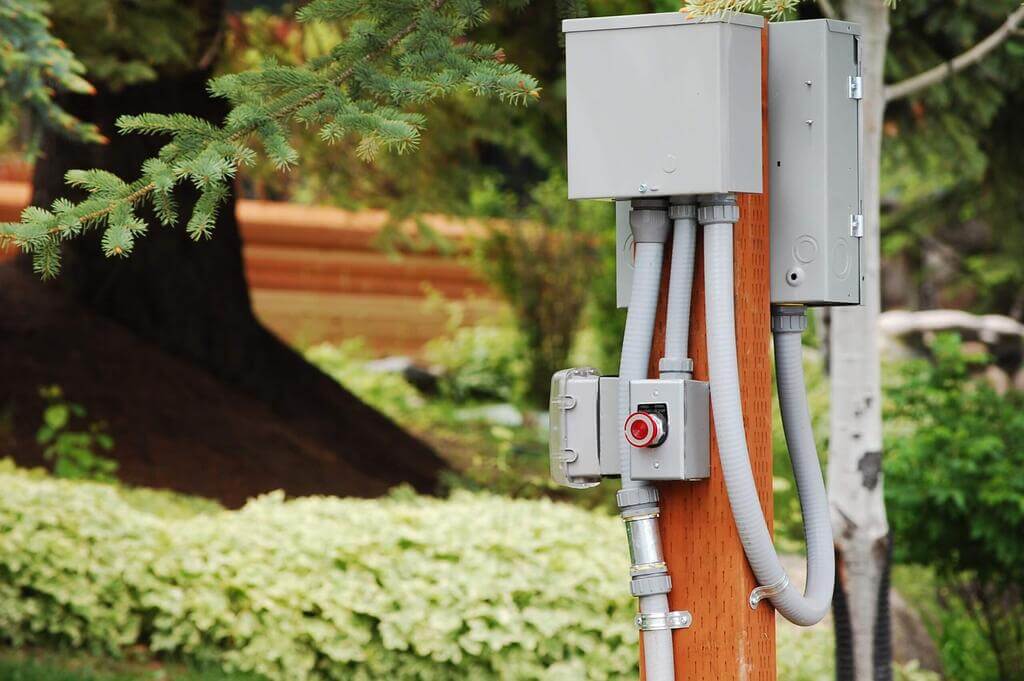
Running electricity to the exterior of your home provides convenience and flexibility. Imagine how comfortable your patio would be without outdoor lighting or how easy it would be to power wash your home without an external outlet. But running electricity outdoors requires some additional considerations.
First, you will want to stick exclusively with metal electrical boxes as plastic boxes tend to wear and warp in the elements. Second, you’ll want to look for a box that is rated as weatherproof, containing seals to prevent moisture from reaching the electrical wiring. We probably don’t have to mention why electricity and water don’t mix!
The Bottom Line on Choosing the Right Electrical Box
There is a right and a wrong time to use each type of electrical box. And, surprisingly, there is a little more to it than personal preference. Metal boxes which are typically made from steel are durable and heat resistant. They make the best choice for metal-sheathed wiring, metal conduit, and outdoor applications.
Plastic boxes are lightweight and easy to handle. They make the best choice for Romex cables and NM wiring. Plastic boxes are also widely popular among homeowners opting to DIY their electrical fixtures.
Home electrical projects are the cause of more than 40,000 home fires, 400 deaths, and $1.3 billion in damages every year. Don’t get in over your head. Consult a licensed, professional electrician for help with any project, big or small.
Keep reading:-
Which Window is More Suitable for a Private House: Plastic or Wood?







